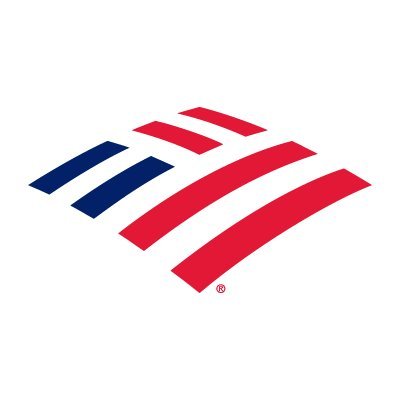
Bank of America Behavioral Interview — AI Engineer (Responsible Growth, Risk & Compliance Focus)
What this covers: A 60‑minute, structured behavioral conversation modeled on real Bank of America (BofA) interviews for engineering roles supporting AI/ML in regulated lines of business. Expect STAR‑based prompts, follow‑up drills on decisions and trade‑offs, and emphasis on BofA’s Responsible Growth and operating within the risk framework. Typical panel: hiring manager plus a senior engineer or partner from risk/compliance or the line of business. Focus areas the interviewer will probe: - Responsible Growth mindset: How you balance delivery speed with controls, when you escalate, and how you say no to risky asks while preserving client outcomes. - AI governance and model risk: Experience aligning with Model Risk Management (MRM), model documentation (e.g., development rationale, data lineage, performance, limits), validation partner engagement, explainability, bias testing, monitoring, and change management before/after production. - Fairness, privacy, and compliance in AI: Handling PII, GLBA‑sensitive data, data minimization, encryption/tokenization, prompt and context redaction for LLMs, and practices to reduce disparate impact (e.g., feature reviews, challenger tests, adverse‑action reasoning readiness for credit use cases). - Production excellence in a regulated environment: Incident ownership, root‑cause analysis, evidence capture for audit, deployment gates, rollback strategies, model/feature store controls, and documentation rigor. - Stakeholder management in a matrixed org: Partnering with business owners, risk, compliance, legal, audit, and platform teams; communicating trade‑offs in plain language; building consensus and recording decisions. - Third‑party and vendor models: Due diligence, data‑sharing restrictions, red‑teaming and evaluation for LLMs, fallback designs, and on‑prem/private deployment considerations. - Teamwork, integrity, and inclusion: Coaching peers, giving/receiving feedback, inclusive design thinking, and community/volunteer alignment with BofA’s culture. Example prompts you may get: 1) Tell me about a time you pushed back on an AI feature because of model risk or compliance concerns. What did you propose instead and how did you bring stakeholders along? 2) Describe an incident in production involving an ML/LLM system. How did you triage, communicate to business and risk partners, and prevent recurrence? 3) Give an example where you improved explainability or fairness of a model under tight deadlines. What trade‑offs did you make and how did you document them? 4) Walk me through how you’ve onboarded a vendor LLM or external model. What data protections and evaluations did you require before launch? 5) Tell me about a decision where client impact, delivery commitments, and control requirements were in tension. How did you decide and what was the outcome? 6) Describe how you ensure audit‑ready AI development: artifacts, approvals, peer review, and evidence retained. 7) Share a time you influenced non‑technical stakeholders (e.g., compliance or audit) on an AI design choice. What worked and what didn’t? 8) When have you discovered bias or drift post‑deployment? How did you detect it, who did you inform, and what corrective actions did you take? 9) Tell me about collaborating across time zones and teams to deliver a model or LLM platform capability. How did you keep alignment and manage risk sign‑offs? 10) Describe a situation where you made a mistake. How did you own it, fix it, and update controls or runbooks? How candidates are evaluated: - Strong: Concrete, bank‑relevant examples; shows controls‑first thinking, measurable outcomes (risk reduced, incidents prevented, client impact improved), clear partnership with risk/compliance/audit, and evidence of documentation and monitoring discipline. - Mixed: Good technical story but thin on governance, stakeholder engagement, or evidence; limited reflection on trade‑offs. - Red flags: Dismissing controls as blockers, shipping without approvals, weak data‑privacy hygiene, inability to explain models to non‑engineers, or lack of post‑incident learning. What to bring: 2–3 STAR stories spanning risk trade‑offs, incident response, fairness/explainability improvements, and a vendor‑model integration; be ready with artifacts you typically produce (model cards, validation checklists, monitoring dashboards).
8 minutes
Practice with our AI-powered interview system to improve your skills.
About This Interview
Interview Type
BEHAVIOURAL
Difficulty Level
4/5
Interview Tips
• Research the company thoroughly
• Practice common questions
• Prepare your STAR method responses
• Dress appropriately for the role